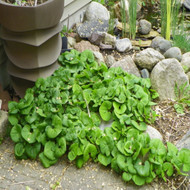Wild Ginger, Asarum Canadense
Dec 26, 2023
Wild Ginger (Asarum canadense)
In the dappled sunlight of North American woodlands, a humble yet captivating plant graces the forest floor—the Wild Ginger (Asarum canadense). This perennial herb, native to eastern North America, is a unique and fascinating species that has intrigued botanists, herbalists, and nature enthusiasts alike. Let's embark on a journey into the enchanting world of Wild Ginger, discovering its botanical characteristics, historical uses, ecological importance, and growing relevance in modern times.
Buy Wild ginger plants online.
Wild Ginger, scientifically known as Asarum canadense, belongs to the Birthwort family (Aristolochiaceae). Unlike the actual ginger (Zingiber officinale), Wild Ginger is not related to the tropical spice commonly used in culinary applications. Instead, it is a low-growing, shade-loving herbaceous plant with heart-shaped leaves and distinctive, burgundy-brown flowers that bloom close to the ground. The plant usually reaches a height of 6-8 inches, making it a subtle yet essential component of the forest understory.
The indigenous peoples of North America have a rich history of incorporating Wild Ginger into their traditional medicine and culinary practices. Native American tribes, including Cherokee, Iroquois, and Ojibwe, used various plant parts for medicinal purposes. The rhizomes, or underground stems, were often dried and ground into a powder to create poultices for treating wounds and inflammation and even as a remedy for headaches.
In addition to its medicinal applications, Wild Ginger found its way into Native American cuisine. The rhizomes have a distinctive, spicy flavor reminiscent of culinary ginger. They were utilized to season meats, flavor beverages, and enhance the taste of traditional dishes. However, it is essential to note that while Wild Ginger shares a similar flavor profile with actual ginger, it should not be used as a substitute, as the plants are not botanically related.
Wild ginger plants for sale at Native Wildflowers Nursery.
Beyond its historical significance for humans, Wild Ginger plays a vital role in the ecology of its native habitats. The plant forms dense colonies that create a protective carpet on the forest floor, helping to control erosion and providing habitat for various woodland organisms. Its flowers are adapted for pollination by ground-dwelling insects, such as ants, which are attracted to the plant's unique scent.
Wild Ginger is also recognized for its myrmecochory, a dispersal strategy in which ants carry and disperse seeds. The seeds have a lipid-rich appendage called an elaiosome, which attracts ants. After collecting the seeds, ants transport them to their nests, where they consume the elaiosomes and discard the remaining seed, ultimately aiding in the plant's dispersal and germination.
Wild Ginger has garnered attention in contemporary times for its potential medicinal properties and as an attractive native plant for shade gardens. Herbalists and alternative medicine practitioners value the plant for its reputed anti-inflammatory and diuretic properties. However, it's essential to approach Wild Ginger cautiously, as its constituents may vary, and improper consumption can lead to adverse effects.
Wild Ginger's low-maintenance nature and ability to thrive in shaded environments make it an excellent choice for native landscaping. Gardeners increasingly recognize the importance of incorporating native plants into their designs, promoting biodiversity, and supporting local ecosystems.
Wild Ginger, with its subtle beauty and rich history, offers a multifaceted perspective on the intersection of nature, culture, and ecology. From its traditional uses by Native American communities to its ecological contributions in the forest understory, Asarum canadense continues to captivate those who venture into the woodlands it calls home.

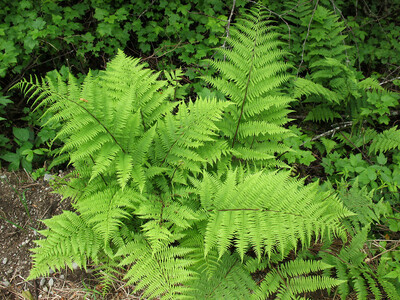 Native Ferns
Native Ferns
 Native Mosses
Native Mosses
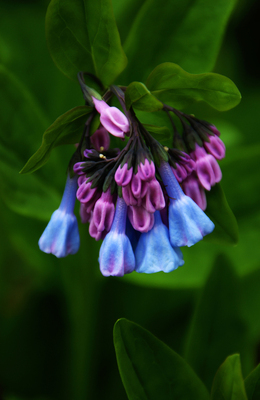 Native Perennials
Native Perennials
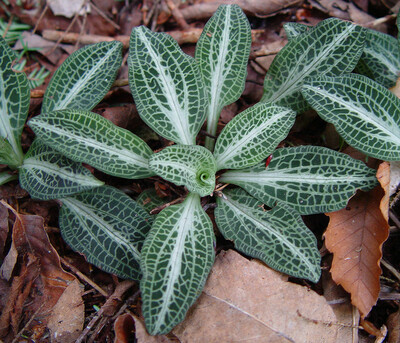 Native Ground Covers
Native Ground Covers
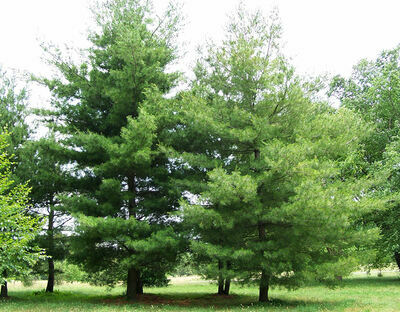 Native Trees
Native Trees
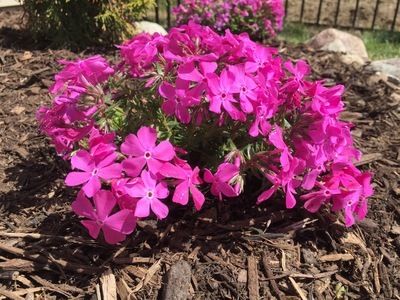 Shop By Zone
Shop By Zone
 Flowering Groundcovers
Flowering Groundcovers
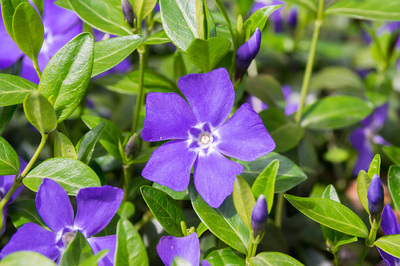 Evergreen Groundcovers
Evergreen Groundcovers
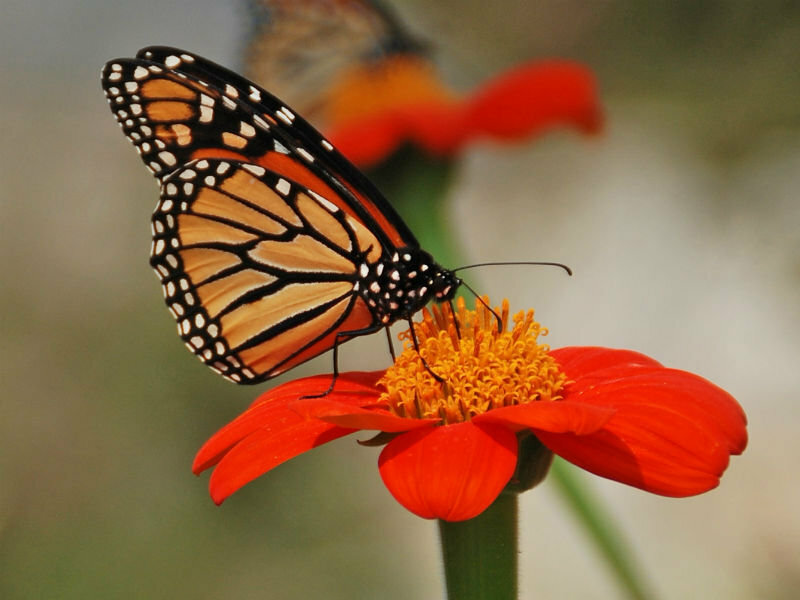 Pollinators
Pollinators
 Shop Bloom Color
Shop Bloom Color
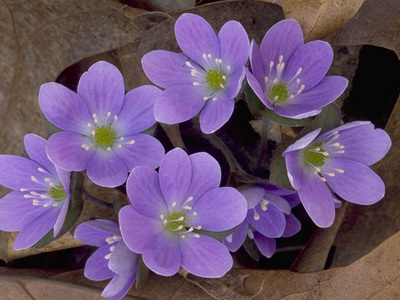 Perennials By Zone
Perennials By Zone
 Medicinal Herb Plants
Medicinal Herb Plants
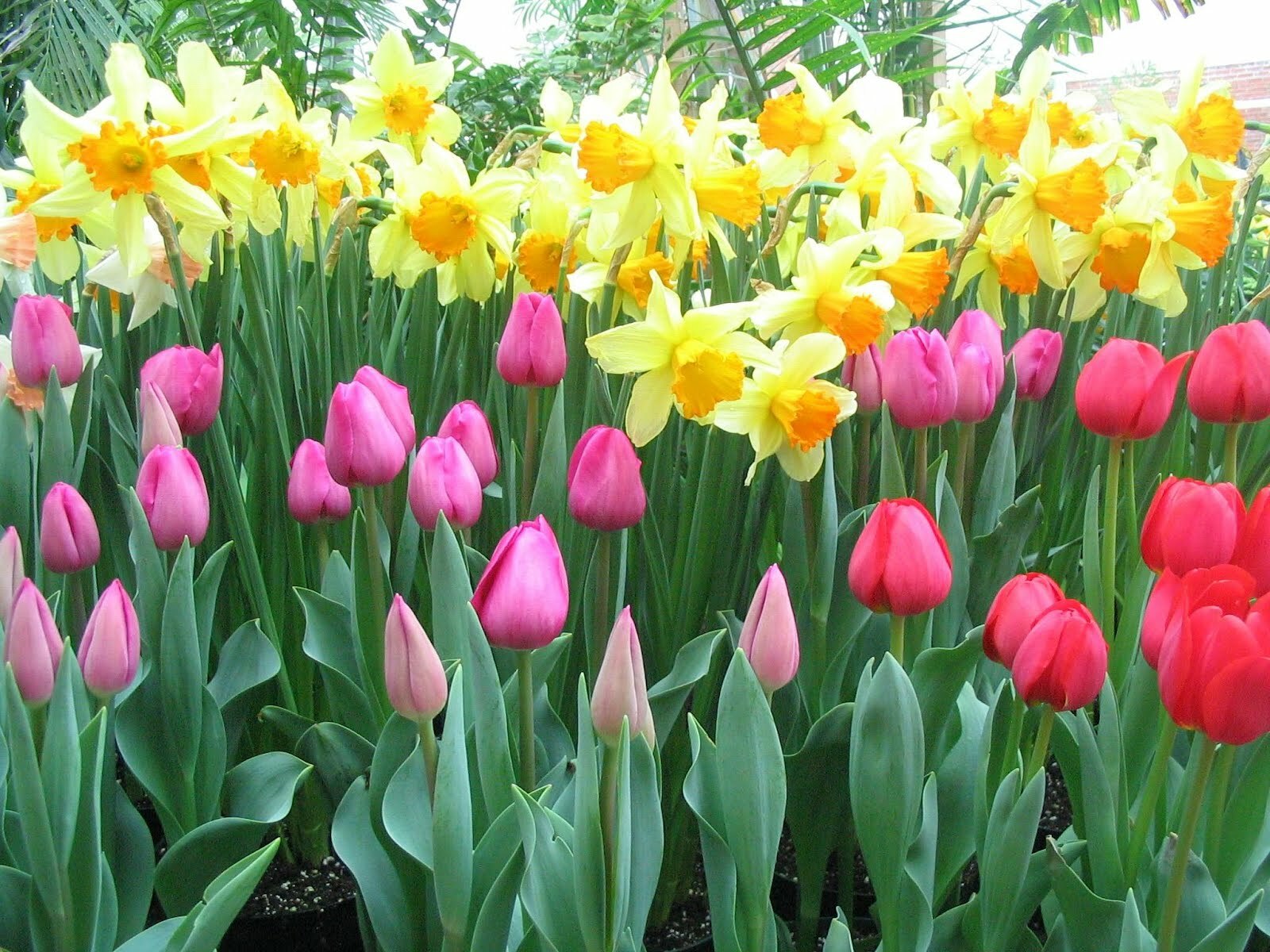 Spring Bulbs
Spring Bulbs
 Trillium
Trillium
 Ferns for Zone 3
Ferns for Zone 3
 Ferns for Zone 4
Ferns for Zone 4
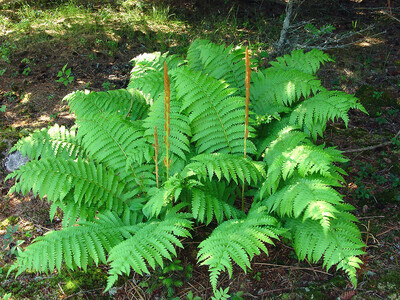 Ferns for Zone 5
Ferns for Zone 5
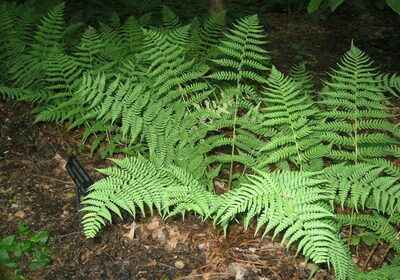 Ferns for Zone 6
Ferns for Zone 6
 Ferns for Zone 7
Ferns for Zone 7
 Ferns for Zone 8
Ferns for Zone 8
 Christmas bows
Christmas bows
 Fresh Wreaths
Fresh Wreaths
 Garlands
Garlands
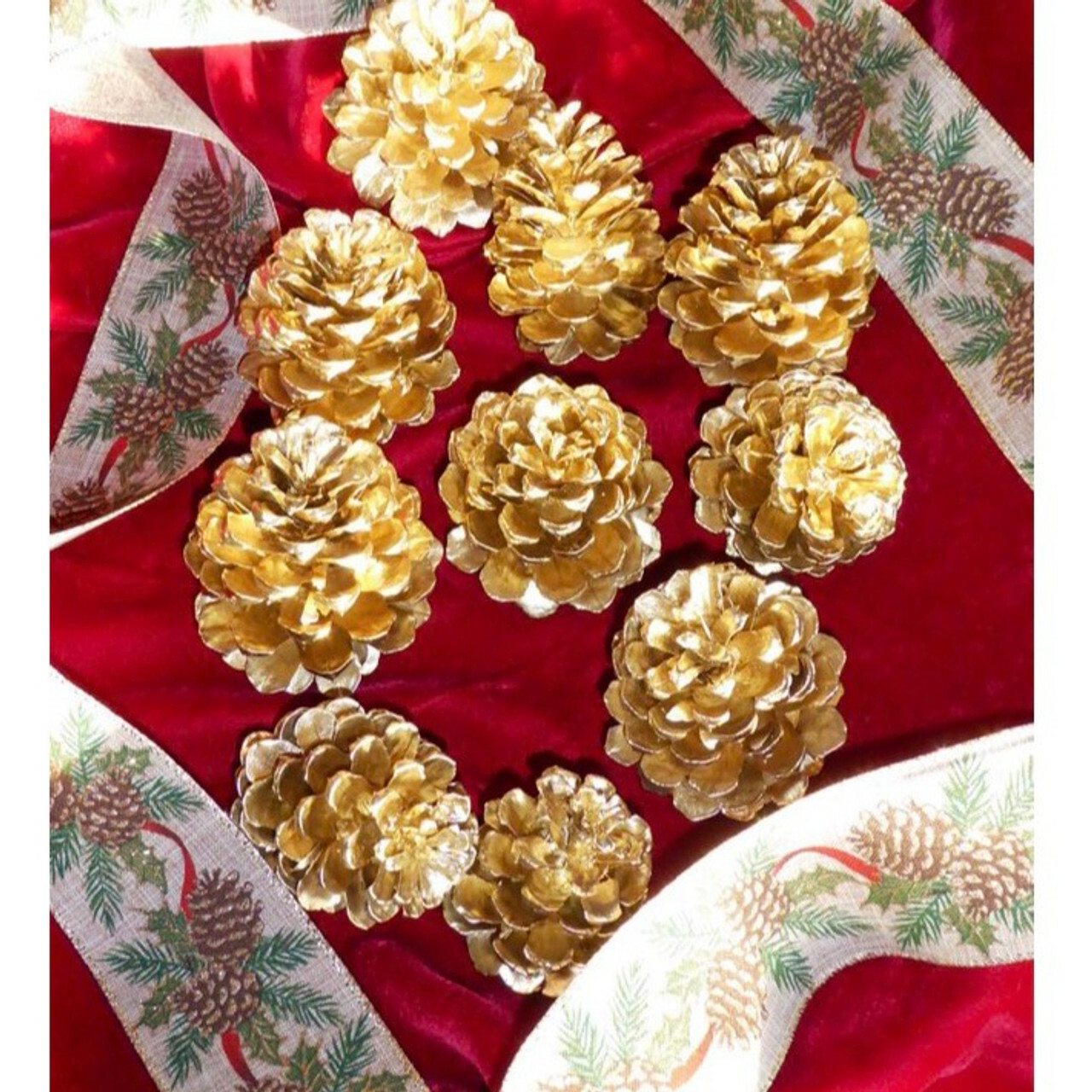 Large Pine Cones
Large Pine Cones
 Live Mistletoe
Live Mistletoe
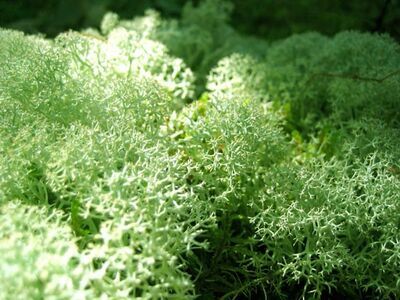 Moss
Moss
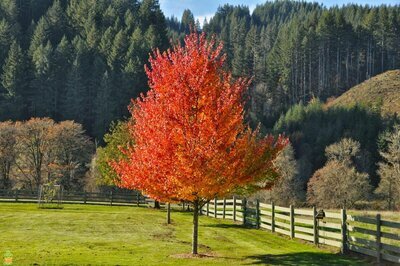 Shop Trees By Zone
Shop Trees By Zone
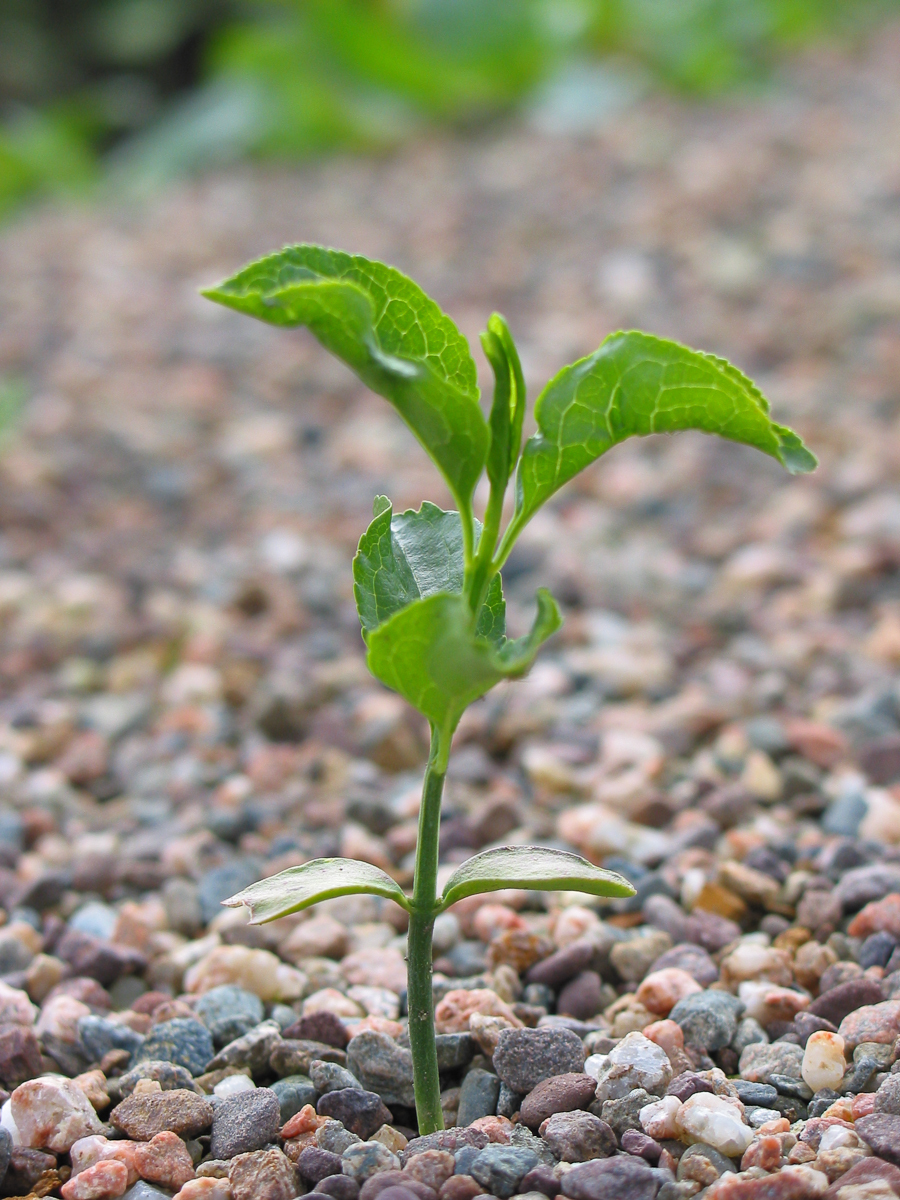 Tree Seedlings
Tree Seedlings
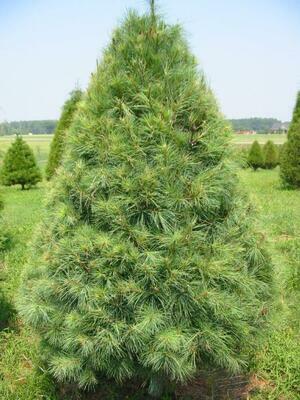 Fast Growing Trees
Fast Growing Trees
 Pine Trees
Pine Trees
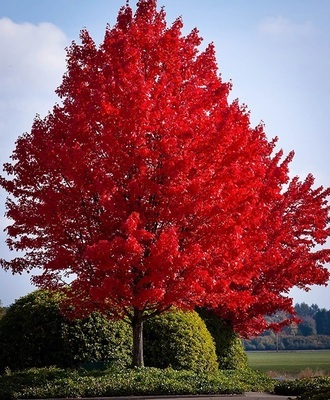 Live Stakes
Live Stakes
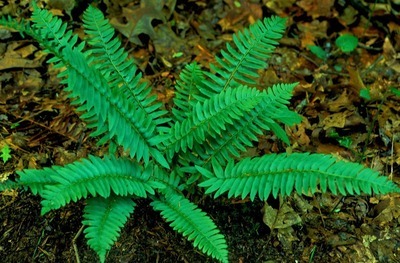 Evergreens
Evergreens
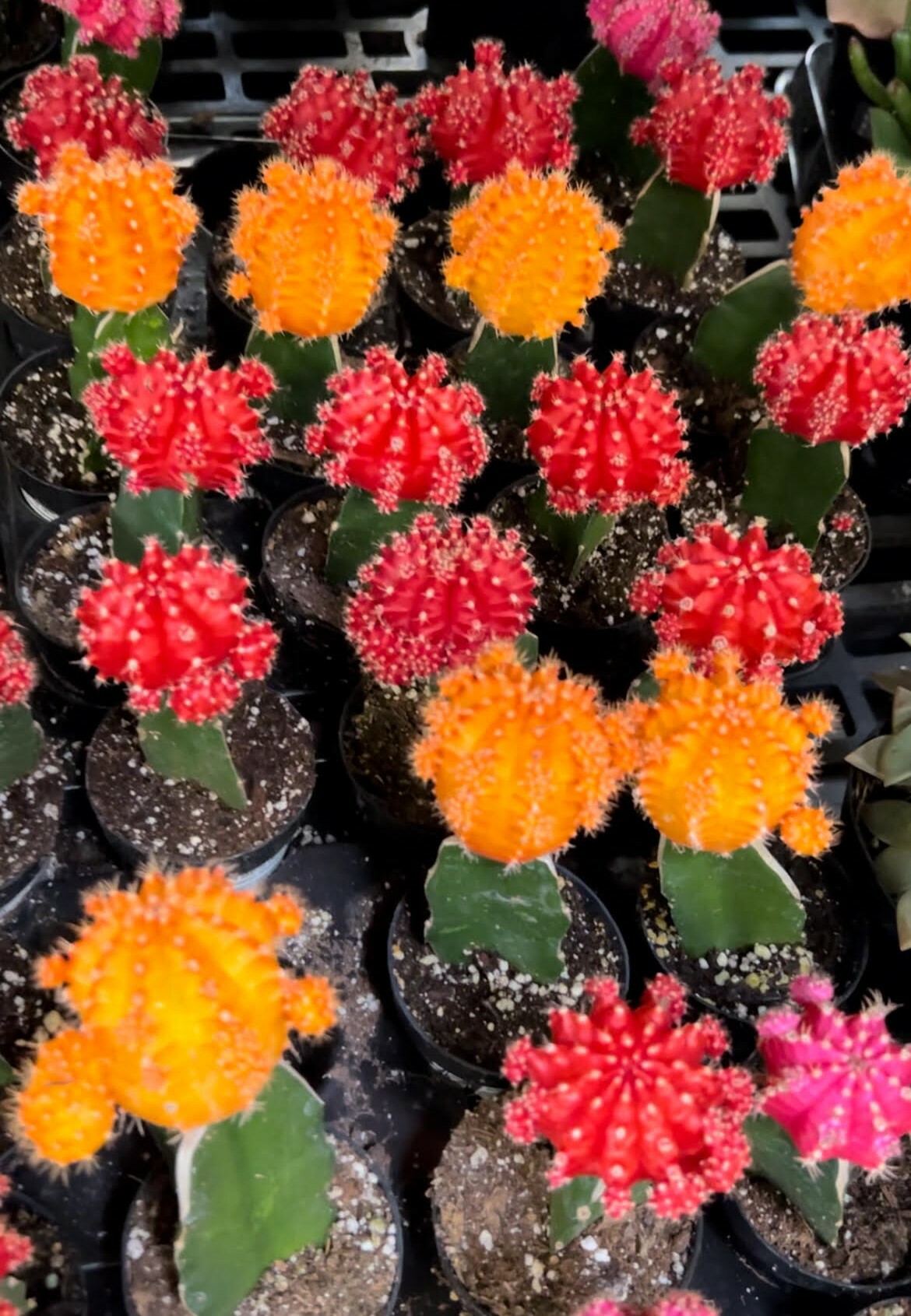 Cactus
Cactus
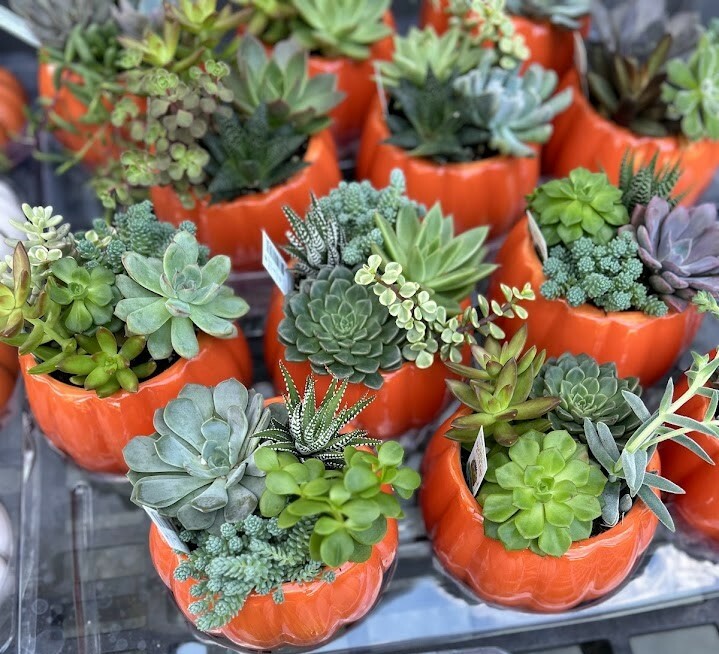 Combos
Combos
 Echeveria
Echeveria
 Haworthia
Haworthia
 Sedum - Stonecrop
Sedum - Stonecrop
